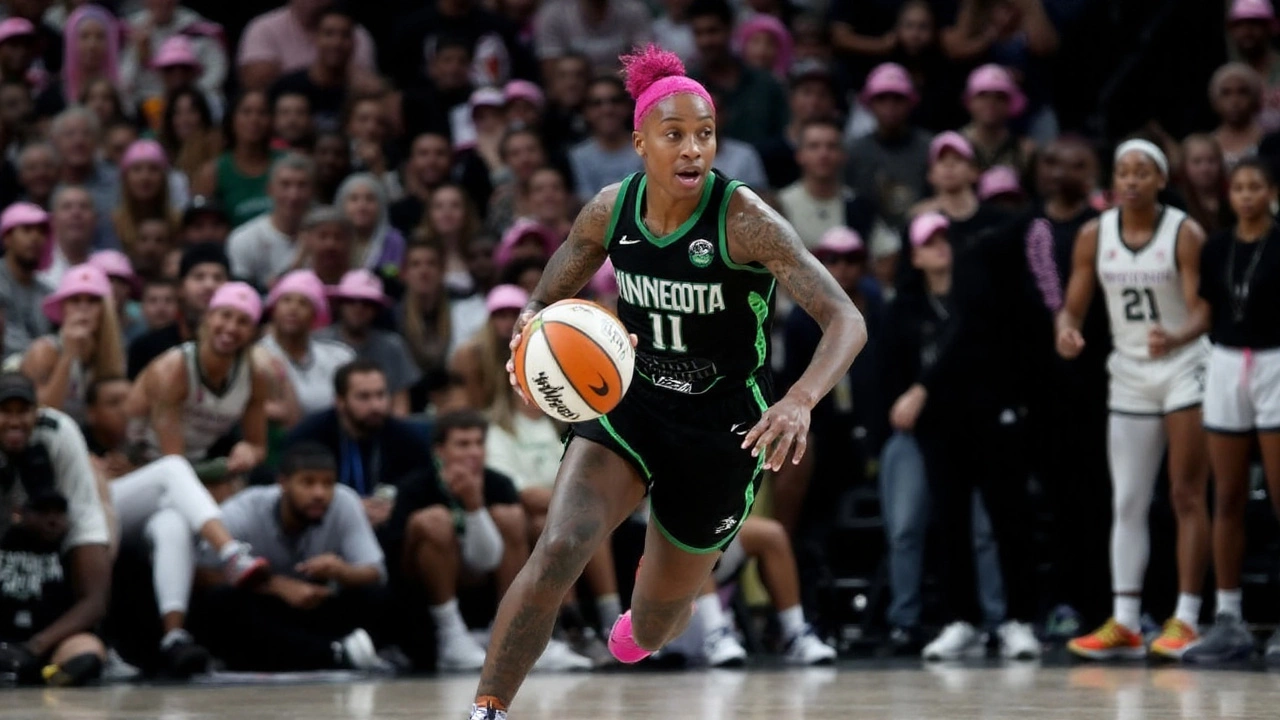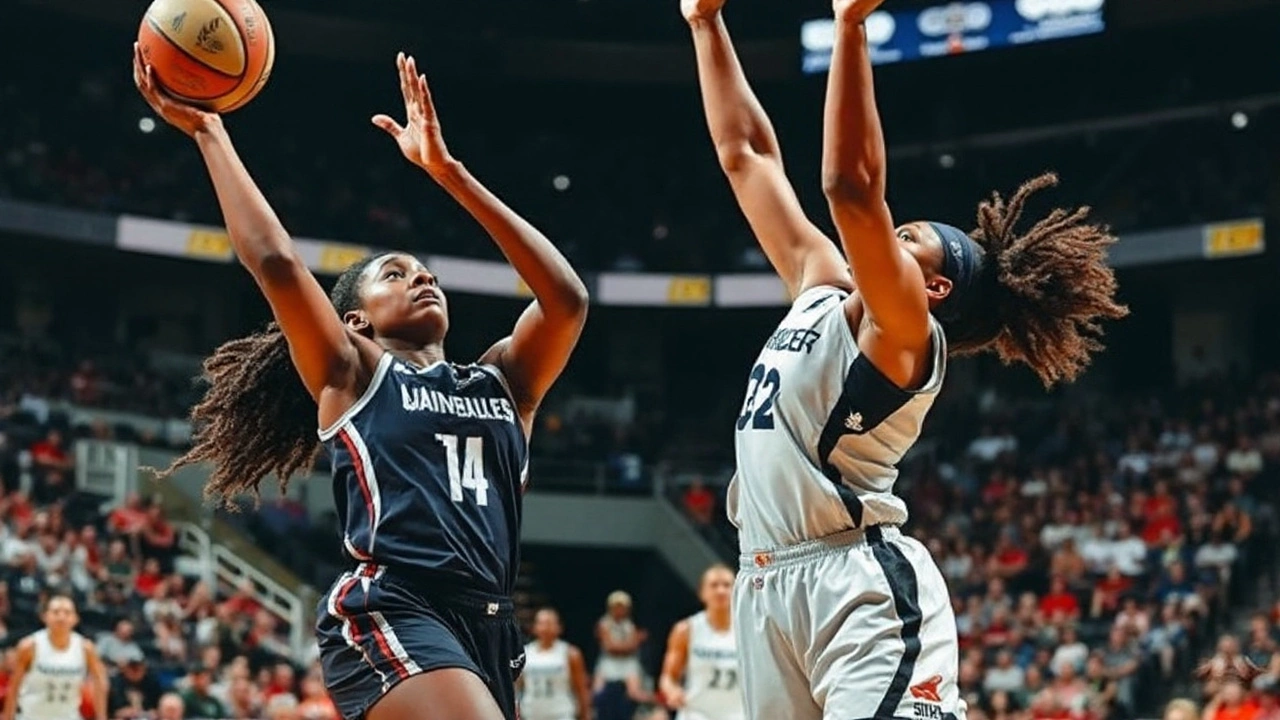A historic reset for the WNBA postseason
The WNBA flipped the script this fall. The playoffs tipped off just three days after the regular season ended, and the title series is finally stretching to seven games. That shift alone changes how coaches plan, how stars pace themselves, and how depth matters when the pressure climbs. For fans, it means more basketball, more chess matches, and fewer fluke outcomes deciding a championship.
The field is straight-forward: eight teams, seeded 1 through 8 by overall record, no conference lines. Higher seeds carry home-court edge the entire way. The format rolls out in three steps. First, the quarterfinals are a best-of-three, with a twist: the higher seed hosts Games 1 and 3, while the lower seed gets Game 2 at home. It’s a small but smart tweak that guarantees every market a playoff night while still rewarding regular-season work.
Next, the semifinals expand to a best-of-five with a 2-2-1 pattern. The higher seed opens with two at home, heads on the road for up to two, and—if it goes the distance—gets Game 5 in front of its crowd. The big change lands at the top: the WNBA Finals now mirror other major leagues with a best-of-seven, staged 2-2-1-1-1. More games don’t just mean bigger TV windows; they reduce randomness, give coaches more time to adjust, and elevate bench pieces who can swing a series on travel days.
One more wrinkle: the sprint from regular season to Game 1—72 hours this year—forces quick pivoting. Scouting departments compress their prep. Teams managing injuries have to decide fast between rest and rhythm. That urgency favors continuity and sharp half-court execution early in a series before counters and mismatches take over.
Seeding was sorted by a detailed tiebreak process the league uses to keep things clear. If teams finished with the same record, order was decided by:
- Head-to-head winning percentage among the tied teams
- Winning percentage against teams at .500 or better
- Point differential in head-to-head games
- Overall point differential
- Coin toss for two teams, or a lottery-style draw if three or more were tied
Behind the scenes, that list matters. It shapes who stays home for a pivotal Game 1, who avoids an awkward matchup in the opposite half of the bracket, and who might be booking flights on shorter notice. When margins are this thin, a plus-six point swing from a random June night can end up deciding where a series begins in September.

Teams, storylines, opening slate, and how to watch
Start with the historic piece: Golden State’s expansion group muscled into the playoffs in year one. That almost never happens in pro sports, and it says a lot about the Bay Area’s roster construction and how quickly the team carved out an identity. Expansion usually means patience; this time, it means a seat at the table right away—and in a bracket that doesn’t hide anyone behind conference walls.
Indiana took the hard road. The Fever absorbed five season-ending injuries, lost star rookie Caitlin Clark on July 15, and still found enough to get in. That’s a credit to a bench that learned on the fly and a staff that simplified coverages while squeezing just enough offense out of lineups that didn’t exist on paper in May. In a shorter first round, that kind of defensive grit travels.
New York walked in with a different label: defending champions, tested but far from fresh. Injuries dented their depth over the summer, yet the core remained intact with Breanna Stewart as the anchor. The matchup to watch in their series centers on how teams try to crowd Stewart without over-committing help. If opponents bring extra bodies early, New York’s spacing and second-side cutters punish the paint. If they stay home, Stewart’s shot profile becomes the pivot point.
Seattle made the field despite a rough stretch after the break. That slump didn’t erase their playoff know-how, and experience matters in tight two-possession finishes. The Storm drew a tough opener on the road against the No. 2 Las Vegas Aces, with Game 1 slotted for 10 p.m. ET on ESPN. That’s a classic clash of pace and pressure: can Seattle slow Vegas just enough to control the glass and avoid scramble rotations, or does Vegas turn misses into a runway?
The first day featured four series openers. No spoilers here, but the tone of Game 1 often sets the chessboard. In a best-of-three, losing the first one flips all the leverage. That’s why you’ll see higher seeds throw their best counters early—mixing coverages, toggling matchups, and forcing role players to hit shots outside their comfort zones.
Beyond the top lines, parity is the theme. With a single bracket and a deeper Finals, there’s less room to hide. Lower seeds can steal a game by leaning into mismatch hunting, especially if they target third options and live with star-to-star trades. Higher seeds, meanwhile, will try to grind out possessions and win the non-star minutes where playoff series often swing.
How to watch: ESPN is carrying the marquee broadcasts throughout the postseason, with additional windows across the company’s platforms and other league partners. If you’re streaming, use your TV provider credentials in the ESPN app or the network’s authenticated services. Start times are listed in Eastern Time; check your local schedule for updates, especially if a series runs long or flips nights due to travel.
Here’s the practical guide to the rhythms so you can plan: in the first round, the higher seed hosts Game 1, then travels for Game 2, and, if needed, returns home for Game 3. In the semis, it’s two at home, two away, and a deciding Game 5 at home. In the Finals, it’s 2-2-1-1-1—so if you’re following a team on the road, expect more frequent swings between cities and shorter turnarounds once the series hits Games 5 through 7.
What to watch tactically: rotations will tighten, but fatigue makes the eighth and ninth players more valuable than you think. Coaches usually stash a set or two they never showed in August; watch for after-timeout action late in quarters, the early second-quarter minutes when benches overlap, and how teams guard the post with late doubles instead of early traps. Free throws and defensive rebounding—unflashy as they are—tend to decide Game 3s and Game 5s.
There’s also the ripple effect of a seven-game championship series. Stars can afford a bad night without a season ending 48 hours later. Adjustments become layered rather than abrupt. By Game 4, teams know each other’s pet actions and counters, and it turns into a battle of execution under tired legs. That’s the promise of a longer runway: the best team over two weeks usually wins.
As for the vibe, it’s loud. Expansion energy out West, a battered but stubborn group in Indiana, a champion in New York hunting back-to-back, and a heavyweight in Las Vegas that still looks built for May and September. The bracket is clean, the stakes are high, and the league finally has a Finals that fits the stage. If you’re circling one phrase to plug into your search bar as the rounds roll on, make it this: WNBA playoffs 2025.

Hi there, I'm Ethan Kingswood, a sports enthusiast with a particular passion for cycling. I've been involved in the world of sports for over a decade and have gained expertise in various disciplines. My love for cycling has led me to write engaging articles and blog posts about it, sharing my knowledge and experiences with fellow cycling enthusiasts. I also enjoy participating in cycling competitions and training others to improve their skills. My ultimate goal is to inspire more people to embrace the exciting and rewarding world of cycling.